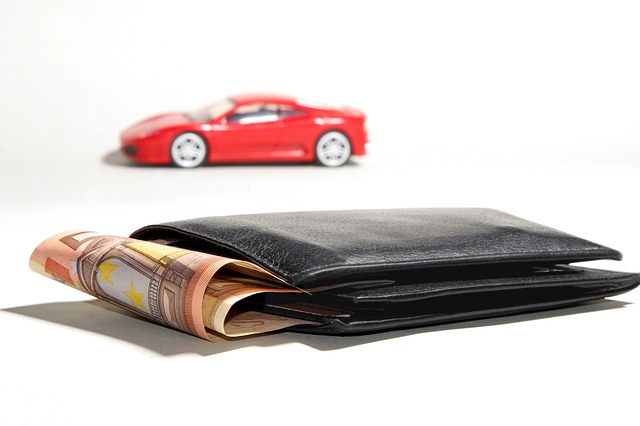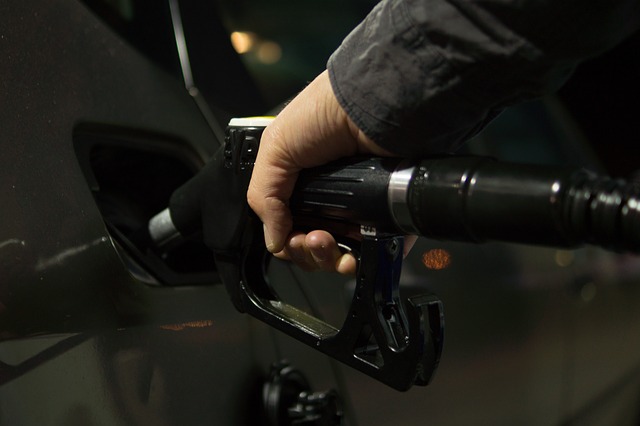It’s no secret that owning a car costs much more than paying for the purchase price. Whether you’re purchasing a new car from a dealership or buying a used vehicle online, some of these hidden costs might pop up even before you get behind the wheel, and others show up over time. Here’s a list of inconspicuous car costs that every consumer needs to know about.
 Interest
Interest
A car is often a steep purchase that many buyers can’t afford without financing. When something is bought with financing, apart from the agreed upon asking price, the new owner also pays the interest charged. Interest rates vary, depending on whether you’re going through a bank, credit union, online lenders, or getting a loan directly from the dealership. Just a small change in the interest rate can mean a significant difference in the total price paid for the vehicle at the end.
Credit approval
Unfortunately, not everyone who buys a car qualifies for a loan. Buyers with less than ideal credit ratings might be refused, or if they are approved, they are eligible to pay higher interest rates and are allowed smaller loan amounts. Even though the costs associated with getting a copy of their credit history might seem insignificant to the buyers, for some of them, it’s only the beginning. Those who find that their credit is too low to get a favourable loan may experience additional costs of hiring a credit-counselling organization, or paying down credit cards to improve their credit rating.
Leasing costs
Although leased cars typically have lower monthly payments, there are unexpected fees in this type of financing as well. For example, leased vehicles are imposed an annual mileage cap, which charges drivers a particular rate for every mile they go over the limit. Apart from having to be serviced only in dealer-authorized garages, leased vehicles usually require a more elaborate and expensive insurance package. Finally, if the lease is terminated earlier than signed for, there are high penalties to pay.
Insurance package
The fact the car insurance is required for every purchased car is nothing new, however, many new owners fail to realize that the type of car they own may require a more comprehensive type of insurance. Those who own classic, antique, high-performance sports cars, or any other type used mainly for car shows and other events, will need a separate policy that covers these categories. Luckily, there are insurance providers out there who understand that one size doesn’t fit all, offering better car insurance quotes for everyone. They also offer extras and flexible excesses which allow you to save more on car insurance if, for example, you don’t drive to work, park at a secure spot, haven’t modified your car, or have no demerit points.
Fuel cost
Despite the fact that we’re seeing more and more cars on the road using alternative fuel sources, the bulk of the road traffic still runs on petrol. Different types of cars also have different fuel needs, while high-end sports cars require more expensive premium petrol, for trucks and utility vehicles running long tours, sometimes the best option is diesel. Learn the real gas mileage values of your car and the grade recommended by the owner’s manual before you finalize the purchase. Also, calculate in the average amount of miles you’re likely to drive in a month, which will help you prepare for the cost.

Roadside assistance
Unless your car insurance company includes some level of roadside assistance in your policy, you’ll have to purchase additional protection for your car through your national automobile association, or related companies. Becoming a member of a roadside assistance program helps you save money in cases like being locked out of your car, or when you need to tow your car to the repair shop after an accident. Without roadside protection, you’re paying for these expenses directly, which can be quite expensive, even if they occur rarely.
Emissions testing
Emission certification and testing is performed to ensure the cars meet the minimum guidelines established by states in order to control harmful emissions. The requirements for emissions testing and the average cost vary from state to state, anywhere from $30 to $90. Emissions testing might be required every 1-3 years, depending on the state you’re registered in. You may also pay a fee if your car fails the test, or in case you’ve modified it in a way that increases the emissions above the level expected from the engine emission class.
Depreciation
A new car starts losing its value the moment it’s driven off the dealership lot, with 20-30% value lost by the end of the first year. This is an especially important fact for car owners who like to keep their car for a few years, and then trade in for a newer model. A car’s depreciation value determines its trade-in value, so in order to make a good investment, research resale values of new and used vehicles and choose brands with low depreciation rating.
After you haggled an agreeable price for buying your car, you mustn’t forget that there are additional costs, some of which not so obvious. While some of these hidden costs start revealing themselves over the years, some of them await you even before you drive your new car off the dealer’s lot.
